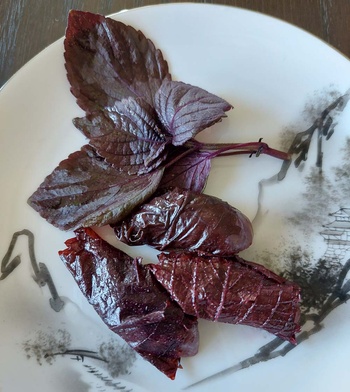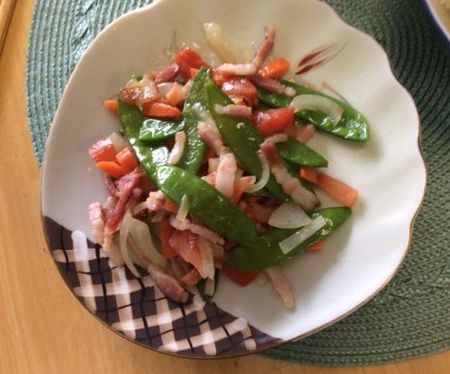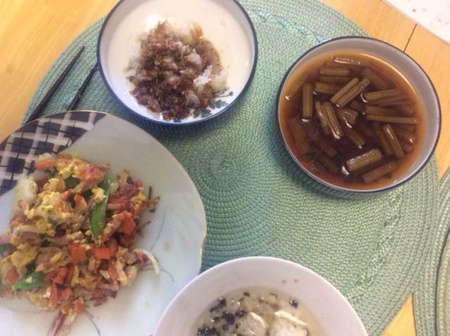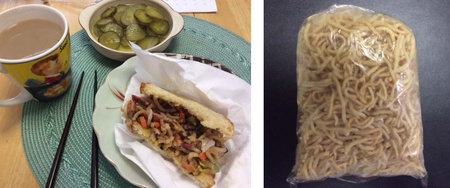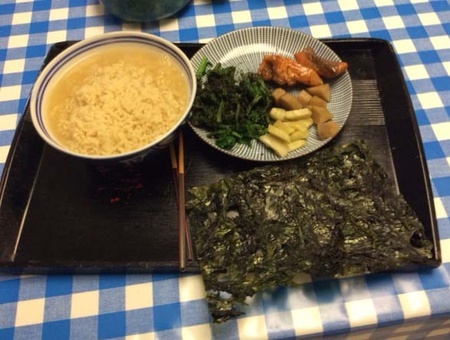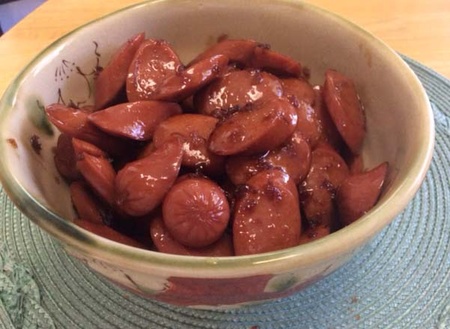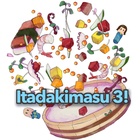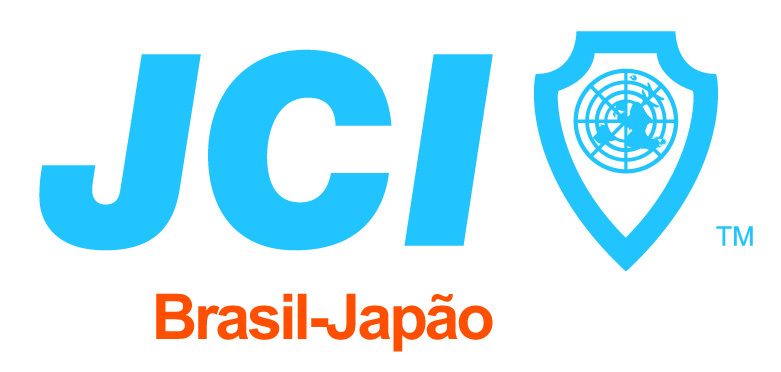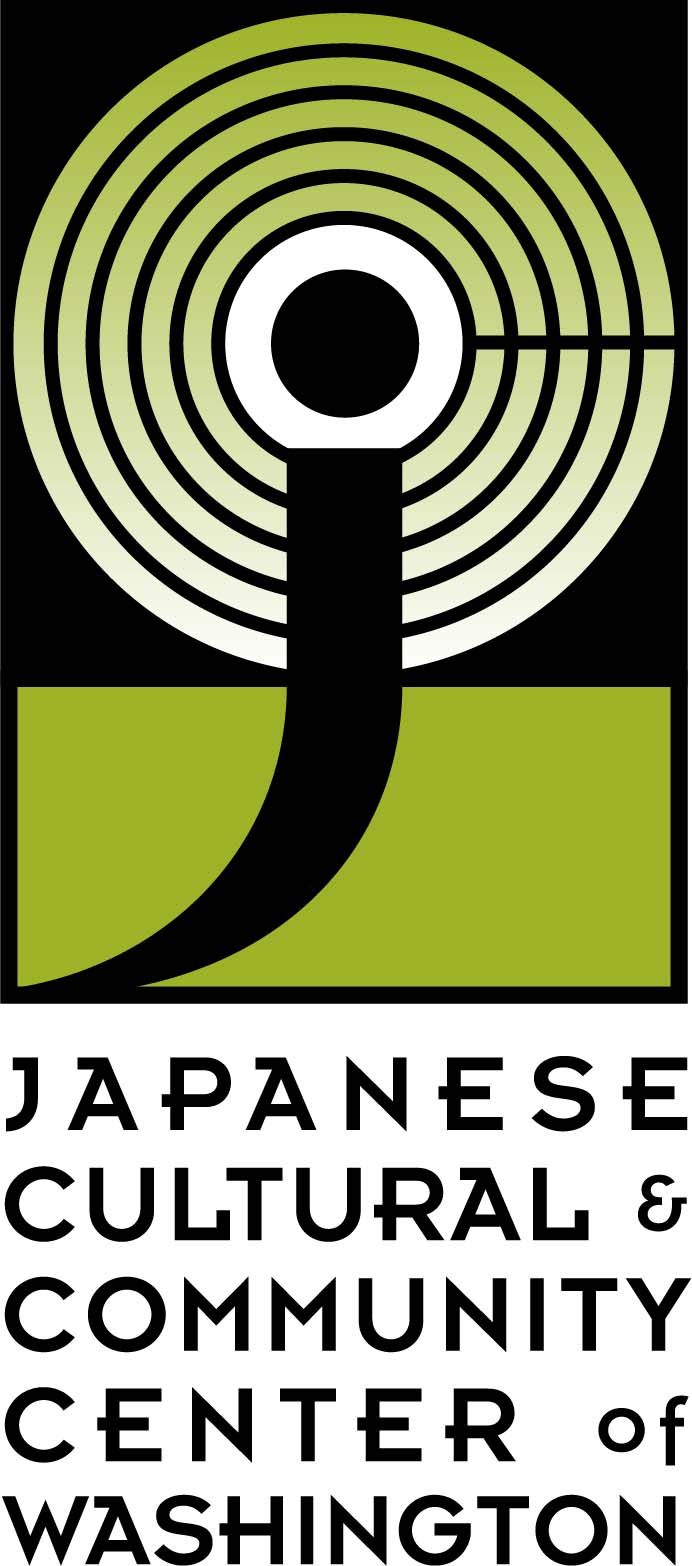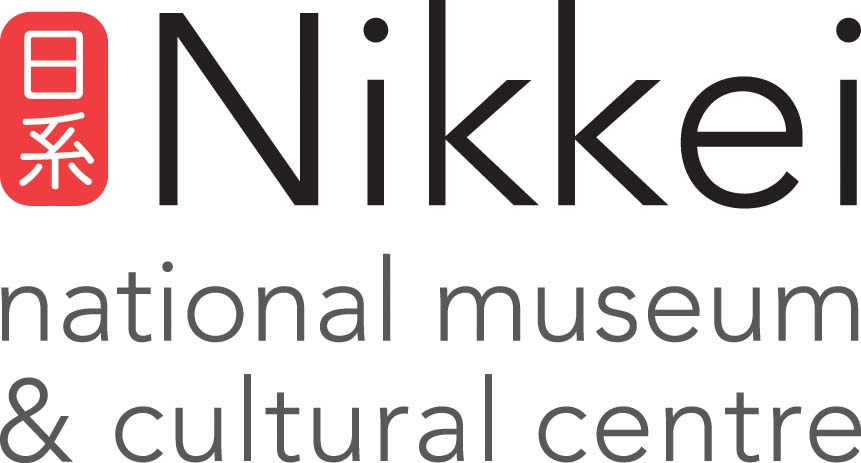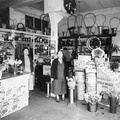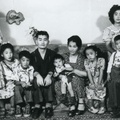Anteriormente escribí un artículo sobre la comida nikkei que era exclusivamente japonesa-canadiense : kan-ba-lando chow mein que evolucionó en la ciudad minera de carbón de Cumberland, BC, y Denbazuke del campo de internamiento de New Denver.
Fuki es un símbolo de la inmigración japonesa. A finales del siglo XIX, cuando la gente pobre de las aldeas rurales llegó a Canadá o Estados Unidos , por alguna razón trajeron esta raíz insignificante que se cultiva en las laderas de las colinas de Japón.
Mi teoría es que tal vez estos aldeanos pensaron que no habría comida japonesa en Canadá y, por lo tanto, ocultaron raíces de fuki en el barco. Otra teoría podría ser que los inmigrantes supusieron que en Canadá podrían morir de hambre si no conseguían empleos desde el principio.
Ahora bien, dondequiera que veas fuki , seguramente hubo algún tiempo un asentamiento japonés-canadiense. Fuki y gobo todavía son visibles en el campamento número uno en Cumberland y en la isla Salt Spring, plantada hace más de cien años. Detrás del granero del antiguo campo de internamiento de Tashme de hace ochenta años se pueden ver hileras de fuki .
Incluso hoy en día, cuando se compra una casa en lugares como Steveston y una antigua comunidad agrícola japonesa-canadiense como Strawberry Hill en Surrey, Columbia Británica, la presencia de fuki en el jardín es evidencia de que anteriormente era propiedad de una familia nikkei.
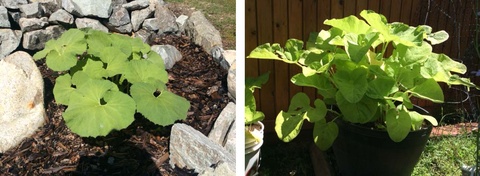
En los primeros días de Steveston y Powell Street Nihonmachi, la comida japonesa estaba disponible y era abundante. Luego, en 1942 se produjo la reubicación forzosa masiva de canadienses japoneses y fueron esparcidos por toda la Columbia Británica en campos de internamiento y trabajo. Fue entonces cuando la comida japonesa se transformó en comida nikkei. La gente tuvo que improvisar y tener algo parecido a la comida "japonesa".
Los Doukhobors, una comunidad de rusos que creían en las relaciones pacíficas, llevaban frutas y verduras a los "campamentos" de Kootenay. En campos como Kaslo y Greenwood, se entregaron parcelas de tierra para cultivar sus propias hortalizas. En aquellos días el dinero escaseaba, por lo que muchas familias almorzaban y cenaban como "pobres".
Cuando los canadienses japoneses finalmente obtuvieron los derechos de canadiense el 1 de abril de 1949, todavía continuaron con la tradición de la comida nikkei improvisada en su nueva ubicación.
En la década de 1950, los canadienses japoneses comenzaban sus vidas de nuevo. La palabra mottainai, que significa "no tener", estuvo siempre arraigada en su pensamiento. Por eso, las madres elaboraban alimentos desde cero o los conservaban. Muchas familias tenían un pequeño huerto en su patio trasero. Éstas son algunas de las comidas reconfortantes nikkei que puedo recordar.
* * * * *
UMEBOSHI DE NAN
Nan (Okano) Tasaka, casada con mi primo Bruce, me regaló su umeboshi . ¡Me gustó tanto que cambié una camiseta de hockey olímpico de Sidney Crosby por el umeboshi de Nan! A la mayoría de la gente le gusta mantener sus recetas en secreto; por lo tanto, sólo se podían encontrar en los recetarios nikkei. Lo que hace que el umeboshi de Nan sea tan bueno es que envuelve la ciruela en hojas de shiso .
SALMÓN EN CONSERVA
Una vez más, pescadores como Bruce trajeron salmón rojo a casa para conservarlo. En una calurosa tarde de verano, nadie quiere cocinar. Por lo tanto, el salmón enlatado, el tsukemono , el nori y el tofu juntos formaron un plato reconfortante excelente y sencillo. ¡Es tan saludable!
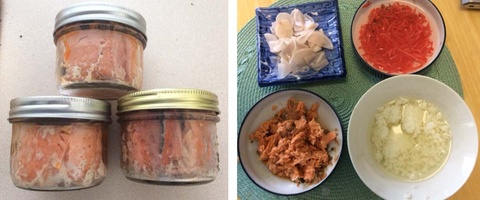
IWA NORI
Mi hermano Kaz solía buscar nori en la isla Mayne. Ahora que tiene 89 años, su hija, sus hijos y sus nietos han sido entrenados para recoger nori en el frío mes de febrero. El proceso requiere bastante mano de obra, como mencioné en el artículo anterior.
SAYA ENDO Y TOCINO
Este es uno de mis favoritos de todos los tiempos, porque puedes recoger los guisantes de tu jardín, agregarles cebolla y saltearlos con tocino de buena calidad. Esta es la comida reconfortante que siempre apreciaré. Nunca me canso de comer saya endo fresco.
COL Y SALCHICHA
Kya-be-tsu toh chimpo saa-se-ji es como los Issei llamaban a este sencillo plato. De manera similar al sukiyaki, sofríe la salchicha del desayuno y el repollo con cebolla, luego agrega azúcar endulzada y salsa de soja con un poco de jengibre rallado. Otra excelente comida reconfortante y fácil de preparar.
BEKON MESHI
Arroz frito con tocino. Otro plato sencillo para hacer con restos de arroz. Freír el tocino y las verduras y agregar el arroz. Al principio, era arroz blanco normal; sin embargo, vi una vieja película japonesa en la que un vagabundo se hacía amigo de un niño y éste hacía arroz frito con salsa de tomate. Ese color añadido. Otra forma es añadir primero los huevos y luego el arroz. En la otra sartén se cocinan el tocino y las verduras y luego se mezclan con el arroz frito.
TORTILLA NIKKEI
Nuevamente, usando tocino, cebollas verdes, zanahorias picadas y cualquier verdura que tenga del jardín, vierta los huevos con azúcar sobre las verduras. Algunas personas mezclan salsa de soja y/o leche. Eso sería un camino más largo para alimentar a los niños. Si mezclas los huevos y las verduras, se convierte en una tortilla parecida a un revuelto.
Sándwich de chow mein
El chow mein estilo nikkei era una dieta básica en el hogar, porque podía alimentar a una familia numerosa y los niños no se quejaban de tener que comer verduras. El chow mein se servía en banquetes, Año Nuevo y festivales. Cuando sobraba, la gente se lo llevaba a casa; Una vez más, mottainai era una mentalidad constante. Al día siguiente, se servirían sándwiches de chow mein para el almuerzo. El chow mein refrito estaba especialmente sabroso. En Greenwood, el mein era tan bueno porque los padres lo hacían desde cero o se lo compraban a un fabricante de mein doméstico de la comunidad.
SUKIYAKI DEL POBRE
La hamburguesa era la carne barata para hacer sukiyaki. Mi hermano, que vivía en Japón, se ríe cuando preparamos el sukiyaki de este pobre hombre. Normalmente, se le añade harusame , espinacas, champiñones, tofu y tienen que ser tomates recién cultivados. ¡Entonces el sabor salta a tu vista! Es tan sabroso que incluso sorbo el jugo después de comerlo. Hace poco me enteré de que un chef japonés añadió tomates a su sukiyaki.
Lo mismo ocurre con el chow mein de los pobres. Solo agrega hamburguesa.
ESPECIAL OKAYU
Esto puede ser exclusivo de las antiguas familias de pescadores de Steveston. Después de asistir a otera (templo) como shotsuki (un servicio conmemorativo), las familias regresarán a casa para preparar comida sencilla y reconfortante que les recuerde sus humildes comienzos. Se añade Okayu, caldo de arroz, tsukemono de col o daikon , salmón salado o sato-zuke (endulzado con azúcar moreno) y nori . Podrías imaginar lo económico que es hacerlo. Esta es una comida reconfortante clásica Nikkei.
WEINERS TERIYAKI
El teriyaki de otro pobre. Sustituya el pollo o la carne de res por salchichas.
Cada vez que comemos comida reconfortante nikkei, evoca muchos recuerdos del pasado. Mientras saboreamos este sencillo plato, siempre decimos: “ Totemo assari shi-te iru”. “Cuando consumimos filete, asado, gambas, langosta o pollo con regularidad, los viejos siempre volverán a los viejos tiempos comiendo verduras frescas de la huerta y guarniciones en conserva. Actualmente, el coste se reduce únicamente a la carne o al pescado.
Así es como los supervivientes canadienses japoneses superaron las dificultades improvisando su comida con un presupuesto de hombre pobre. ¿El resultado? Comida reconfortante nikkei.
© 2022 Chuck Tasaka


